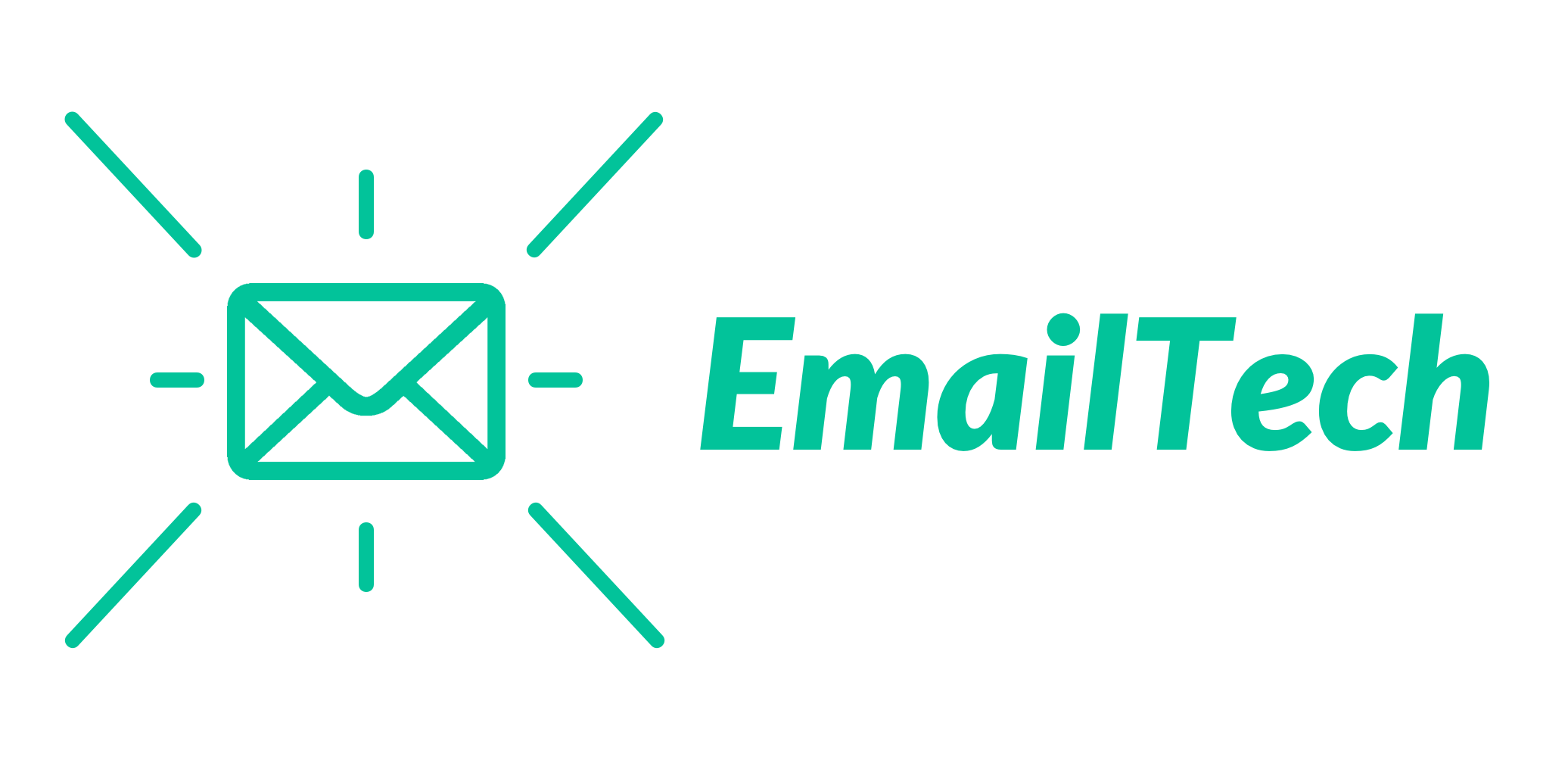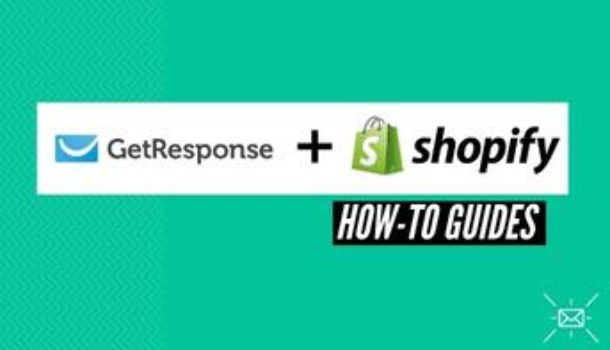Setting up a Shopify store is one way to gain online traction, a large customer pool, and more revenue generation. However, with the right marketing tool, you can take your store earnings to a whole new level. With the GetResponse Shopify integration, you can significantly increase customers and revenue generation thanks to the platform’s rich marketing features and automation options.
Table Of Contents
hide
You will not only enjoy regular email marketing functions using this email marketing tool. The tool features a built-in CRM feature to connect you further to your customers and figure out their needs as well. Furthermore, its integration with Shopify offers more than average data integration. Using the plugin, you will be able to sync customer and transactional information as well as enjoy advanced segmentation and tagging.
Furthermore, unlike other tools, GetResponse is quite intuitive and features a selection of pre-built templates to make your automation process a breeze. So, to help you get started, we’ve offered a brief outline on how to integrate the GetResponse Shopify plugin.
Key GetResponse Features
To get a deeper understanding of how your store will benefit from Getresponse, you want to look at the features offered with better scrutiny. Below, we’ve shared some of the key features to help enhance your Shopify store performance.
Contact Syncing
As soon as your Shopify store and GetResponse marketing tool integrate, your customer list will be automatically synced to the GetResponse contact list. Once synced, you can explore different automation processes.
You can even switch from one contact list to the other with ease – allowing you to send targeted campaigns or emails to particular customers. With the advanced segmentation GetResponse offers, you can send exclusive campaigns to specific Shopify customers you are targeting.
However, when it comes to contact and product updating, GetResponse may have a slight drawback. This is because contacts and products are imported every 24 hours and not less. Thus, you may experience some delay in your triggered automation.
Attribute Mapping
GetResponse allows you to set up attributes – allowing you to collect the data you want from customers. This allows you to enhance your store’s experience and be able to draw in more revenue. Amongst the common attribute fields includes the cart attributes that your customer finds on the cart page.
Here, you can ask them questions such as how did you hear from us? – so you can get more insight into your site’s popularity and which marketing models work best. Additionally, you can create attribute fields on other pages on your store’s site such as the registration and account page.
Single/Double Opt-in confirmation
GetResponse offers the option of single and double opt-in. However, the double opt-in comes in default. The double opt-in feature boasts a 2 step subscriber registration process – requiring your customer to fill out the sign up form and then, confirm via a link sent to their emails.
This comes with the advantage of first guaranteeing your customer’s commitment and also meeting the requirement in some countries. Countries such as those in the EU require that sites offer a double opt-in form.
Tracking
GetResponse features reasonable site tracking and extensive reporting. You will not only receive standard metrics such as site visitors and subscription numbers. You can also monitor intricate details on how your site is performing – collectively or by examining each subscriber independently – thanks to the extensive reporting.
How To Set Up The Integration
Setting up the GetResponse and Shopify integration is quite easy and literally takes minutes. Below, we’ve outlined how you can do so;
- Sign in to your Getresponse account, head to the menu, and click on integrations
- Click on Details over the Shopify integration and click Connect to start the integration process
- Enter your Shopify store URL – you will be redirected to the Shopify login page
- You will be redirected to the settings page where you can configure your imports
- Click on the drop down menu to choose whether you want to import both contacts and products, products alone, or contacts alone
- After making your choice, click Next
- You will be redirected to a field where you can assign custom fields to fields from Shopify
- The system will recognize the first and last name and email fields – simply match the remaining GetResponse custom fields with the information from the account you are connecting
- Click on Assign Field and choose one of the existing custom fields
- Move the cursor to the right to access and configure all fields and click import
- Your integration process should be done
Comparison With Other Shopify Integrations
Get Response Shopify integration is available in a choice of four plans based on your store size. You can opt for the Basic, Plus, Professional, and Max. The actual pricing is dependant on your contact list size. The lowest you will pay is $15 whilst the highest you can pay is $99. Additionally, larger enterprises can opt for the Max plan which allows them to tailor the plan based on their needs.
In addition to the native integration, you can opt to connect your store with the marketing tool using a third party app such as Combidesk. This integration is normally cheaper with a minimum cost of only $5 per month. You can even try out the 30-day trial.
However, the drawback is that rather than enjoying a full integration, you will only get to pick a few triggers. For example, with the Combidesk integration, you will be able to sync customer data (of the newsletter subscribers), store relevant customer data in your campaigns, and synchronize customer data to campaigns every 15 minutes.
Whilst the GetResponse Shopify integration proves to be effective, you can still opt for alternatives. The best GetResponse Shopify integration alternatives are the Sendiblue and Constant Contact integration. Whilst GetResponse offers rich features and excellent automation – it is poor in the area of SMS campaigns and transactional emails.
This is where the Sendinblue Shopify integration forte lies. So, if your store is keen on this feature, Sendinblue is a perfect option. Nonetheless, when it comes to basic campaign templates, Sendinblue is not the best option. Price-wise, Sendinblue is nearly similar to GetRespnse. Offering a minimum charge of $5 per 40,000 emails per month and a maximum of $66 per 120,000 emails per month. Additionally, you can choose to tailor your package as well – if you have a larger store.
Constant Contact on the other end is particularly curated for small businesses. However, large enterprises are accommodated as well. This marketing tool is prized for its mobile-friendly and responsive email templates that work great across all devices – allowing you to set up your campaigns to have more impact. Furthermore, compared to Sendinblue and GetResponse, Constant Contact offers incredible real time tracking.
You can use its tools for real time data monitoring and even make full use of its chart representation for decision making. But, Constant Contact features more complex workflows when it comes to usability. Thus, it may not offer a smooth process for newbies – especially the non-tech savvies.
Yet, compared to GetResponse, Constant Contact is extremely affordable. Offering 3 price plan options, you should expect to pay a minimum of $5 for 10,000 emails per month and a maximum of $45 per month for unlimited emails. Furthermore, the more you pay, the more feature options such as pre-built templates you will enjoy.
Conclusion
There’s no doubt that the GetResponse Shopify integration offers excellent tools for improving the performance of your ecommerce store. Built with powerful features and extensive automation options, the GetRepsonse integration is perfect for small and large businesses alike. The comprehensive feature package is perhaps the tool’s greatest advantage.
With features such as CRM, advanced segmentation, landing pages, and tagging, you will have all the key features for optimizing your store. However, just like with any other tool, the GetResponse integration with Shopify comes with some drawbacks. The one key drawback that is worth mentioning is its delayed contact and product synching.
Unlike other similar tools, GetResponse takes up to 24 hours to update its contact and product list. When compared to its alternatives, GetResponse still triumphs in general. However, if you are looking for specific features, you may want to consider them.
If you want to capitalize on SMS campaigns and transactional emailing, the Sendinblue Shopify integration is a perfect option. Similar to the Shopify Getresponse integration, the Sendiblue integration works perfectly for both small and large businesses.
If you are a small business owner or startup looking for standard email marketing integration options, Constant Contact is a perfect option – plus, it comes with the advantage of being cost-friendly. Furthermore, Constant Contact Shopify integration is prized with its extensive site tracking and reporting – allowing you to monitor how your store is growing.

